
Starting in the twenties, women need to be told about the limitations and benefits of self-exams on their breasts. They should know how their breasts look normally and report any new chances to their doctors as soon as they find them. Take note that just because you find a change in the breast, it does not mean that there is cancer, but it should still be a concern. When you find breast cancer in its early stages, you will have a higher chance of fighting it…
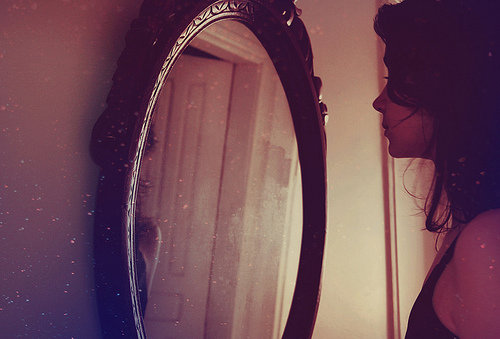 You can become aware of your breasts normally by looking and feeling them. You could also choose a step by step approach and doing specific things.
You can become aware of your breasts normally by looking and feeling them. You could also choose a step by step approach and doing specific things.
Photo Credit: Gabriela Camerotti
To examine your breasts, it is best to lie flat on your right arm placed behind your head. The exam will be done while you are lying down and not standing up. Why? Because when you lie down, you are spreading out your breast tissue evenly over the chest wall. This makes it as thin as you can possibly make it and in turn, it makes it easier to feel the tissue of your breast.
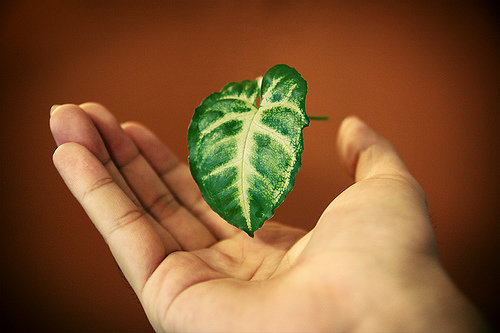 To feel for lumps, it would be best if you use the finger pads of your three middle fingers on your left hand. To feel the breast tissue, use circular motions that are dime sized.
To feel for lumps, it would be best if you use the finger pads of your three middle fingers on your left hand. To feel the breast tissue, use circular motions that are dime sized.
Photo Credit: Shermeee
When doing the self-exam, I recommend you using three different levels of pressure in order to feel the breast tissue. You need to apply light pressure in order to feel the tissue that is the closest to the skin. Medium pressure needs to be used to feel a little deeper and firm pressure is used in order to feel the tissue that is the closest to the ribs and chest.
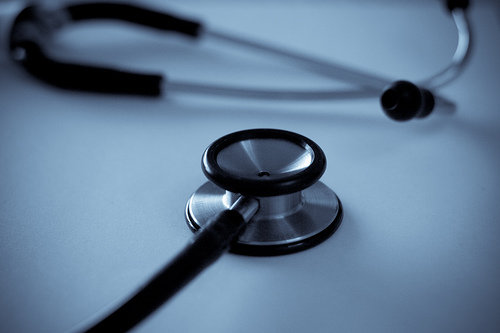 As you are doing a self-exam, it is normal that you will feel a firm ridge in the lower curve of both breasts. However, if you feel anything that is not ordinary, you should talk to your doctor about it. If you are not sure how hard you need to press, then this is something that you should also speak with your doctor about.
As you are doing a self-exam, it is normal that you will feel a firm ridge in the lower curve of both breasts. However, if you feel anything that is not ordinary, you should talk to your doctor about it. If you are not sure how hard you need to press, then this is something that you should also speak with your doctor about.
Photo Credit: apoxapox
Starting at an imaginary line that is drawn straight down your side from the underarm, move up and down your breast. Make sure you check the entire area until you feel your ribs and up to the collar bone.
I have read some information suggesting that the up and down pattern, often referred to as being the vertical pattern is more effective for covering the whole breast without missing any tissue.
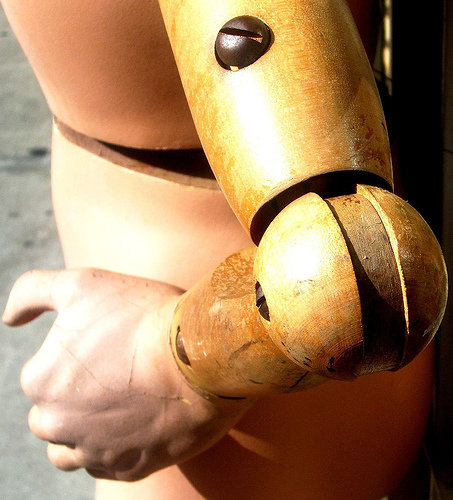 You can also stand in front of the mirror with your hands pressed firmly down on your hips. Look at your breasts and see if there is any chance in shape, size, contour or dimpling. Look for scaliness or redness of the nipple or skin. When you push down on your hips, you are contracting the chest wall muscles.
You can also stand in front of the mirror with your hands pressed firmly down on your hips. Look at your breasts and see if there is any chance in shape, size, contour or dimpling. Look for scaliness or redness of the nipple or skin. When you push down on your hips, you are contracting the chest wall muscles.
Photo Credit: Darwin Bell
Examine each one of your underarms while standing or sitting up with your arm raised slightly so that you can feel the area. When you raise your arm straight up, you are tightening the tissue in the area, which makes it harder to exam.
The best way to detect a mass early would be to do breast self-exams each month. A woman who knows the feel of her own breasts will be the most likely to detect changes.
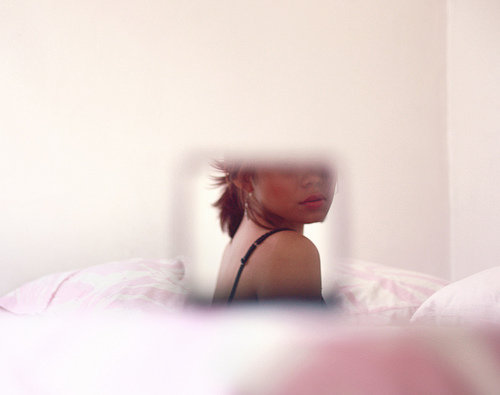 When you do the self-breast exam, you should make sure you do it about one week after the menstrual period. This is typically when the breasts are not tender or swollen. After you go through menopause, the exam should be done on the same day each month.
When you do the self-breast exam, you should make sure you do it about one week after the menstrual period. This is typically when the breasts are not tender or swollen. After you go through menopause, the exam should be done on the same day each month.
Photo Credit: helgasms!
If you do feel a bump, then it is important to remember to stay calm. It could be something little and it may not be cancer, but it is still important to seek further help from a doctor.
It has been recommended that exercise could help reduce the chances of getting breast cancer. A low calorie, low fat diet can also reduce those chances. Do you have any more tips that can help women with their breast self-exams?
Top Photo Credit: Gabriela Camerotti